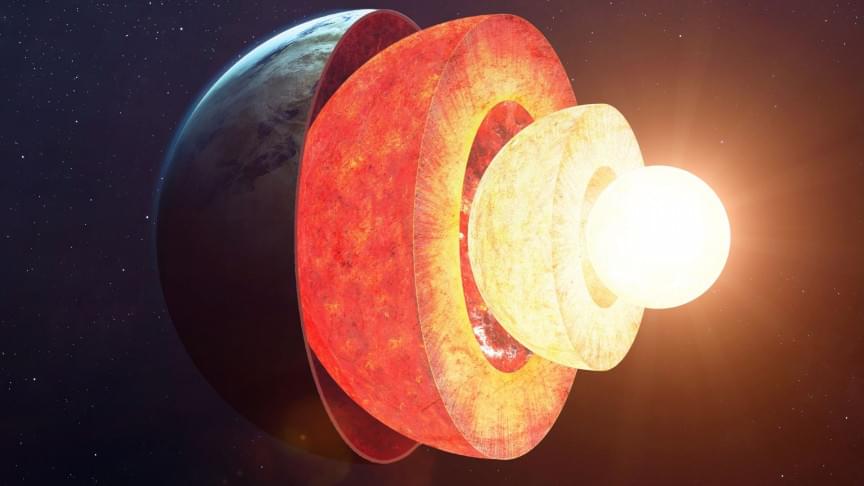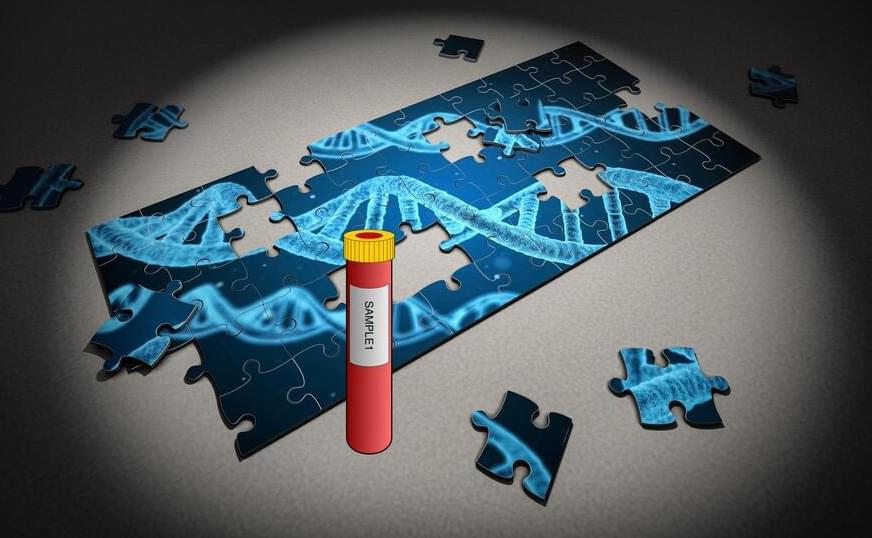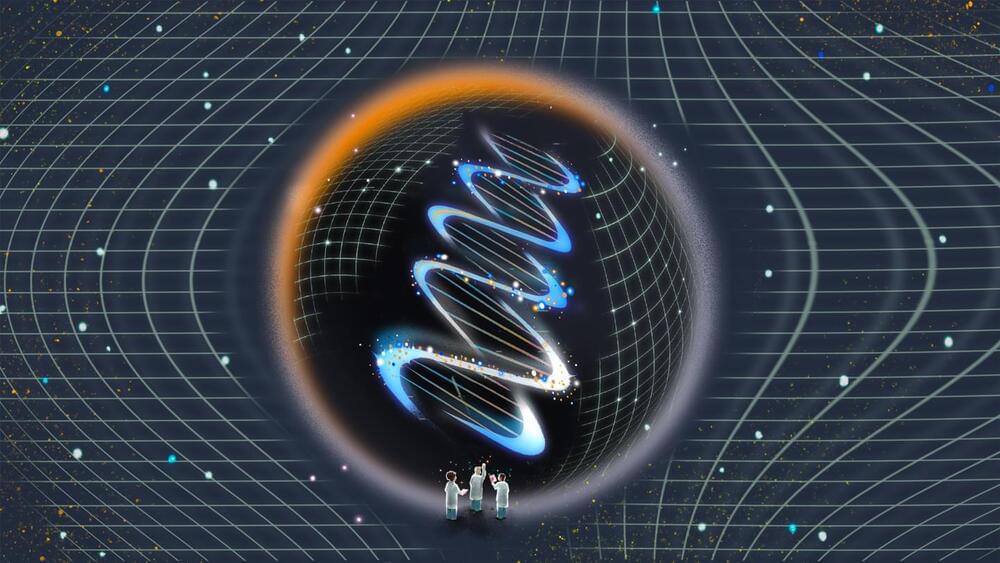The recent advances in machine learning and artificial intelligence, coupled with increases in computational power, have led to a lot of interest and hype in longevity biotechnology 30114–2). Hundreds of data scientists and companies are taking advantage of this hype to propel research and discovery of new technologies in aging research.
One of the major new areas in aging research are biomarkers of aging that give the true biological age of humans that may be different from their chronological age. One of the most advanced biomarkers of aging are deep aging clocks that can help researchers predict biological age as well as mortality of humans. In 2013, Steven Horvath published an article called ‘DNA methylation age of human tissues and cell types,’ in which he outlined the development of a multi-tissue predictor of age that allows for the estimation of the DNA methylation age of most tissues and cell types. He also formed an aging clock that can be used to address questions in developmental biology, cancer, and aging research.
There have been several more studies on such clocks since 2013. For example, I was part of a team in 2016 and we published a study on the first deep aging clock titled ‘Deep biomarkers of human aging: Application of deep neural networks to biomarker development.’ Since our study was published, many other aging clocks that can predict age as well as mortality rapidly entered into many industries. it is clear that there is a boom in the longevity biotechnology industry and huge progress in aging research is expected to be made in the next few years. AI-based aging clocks provide a very good entry point for the insurance companies to get into the field of aging research and actually contribute while protecting their business and innovating in science and technology.
Not science, apparentlyLast month, a Ph.D. student at the Hebrew University of Jerusalem breed a new strain of ‘supercharged’ lettuce that expanded its vitamin C and beta carotene content by 800 percent and 70 percent respectively.
Research Interests.
Genomic/metabolomic/proteomic approaches for identification of novel (regulatory and biosynthetic) aroma genes.
Metabolic engineering of plants and yeast.
An alien biosphere may be harmful to us in many ways, thus adequate planetary protections measures are essential.
Probably — that’s why planetary protection guidelines need to be enforced.
New Israeli startup aims to get product to market within two years; technology could also be used to identify early markers of cancer.
An Israeli startup is developing a non-invasive early detection method using artificial intelligence (AI) to identify genetic disorders in human embryos.
Via a simple blood test taken from the pregnant mother during the first trimester, IdentifAI Genetics can read the embryo’s entire DNA and provide in-depth analysis to detect genetic disorders.
AUCKLAND, New Zealand — We may be on the medical precipice of turning back time, or actually reversing the heart rhythm effects of cardiac events. A potentially game-changing “bionic” pacemaker capable of restoring the human heart’s naturally irregular beat is set to undergo trials involving heart patients in New Zealand this year.
“Currently, all pacemakers pace the heart metronomically, which means a very steady, even pace. But when you record heart rate in a healthy individual, you see it is constantly on the move,” says professor Julian Paton, a lead researcher and director of Manaaki Manawa, the Centre for Heart Research at the University of Auckland, in a university release.
Current pacemakers just can’t mimic the perfectly irregular pace of a naturally healthy human heart, Paton explains. This new version, though, may change everything. “If you analyze the frequencies within your heart rate, you find the heart rate is coupled to your breathing. It goes up on inspiration, and it goes down on expiration, and that is a natural phenomenon in all animals and humans. And we’re talking about very ancient animals that were on the planet 430 million years ago.”
A letter the tax bureau sent to a key senator says stronger penalties for failure to report cryptocurrency-based income gains might also help deter cyber criminals.
The Human Genome Project received a lot of media attention from scientific journals and the mainstream press.
Left to right: Time July 3, 2000; Science February 16, 2001; Nature February 15, 2001.
Green: Or sloppy transcription, that our enzymes are just going off and making a bunch of RNA because they don’t know how to control themselves. And it’s just garbage. But, no. And I like your point about 20 years ago, we couldn’t imagine. I would propose that 20 years from now, we might look back at this conversation and say, ‘Oh, my goodness, think about all these other ways that the genome functions.’ There’s no reason to think we have our hands around it all in terms of all the biological complexity of DNA; I’m quite sure we don’t.









